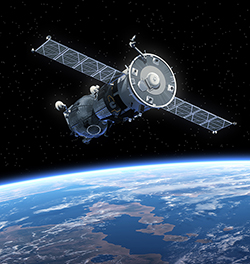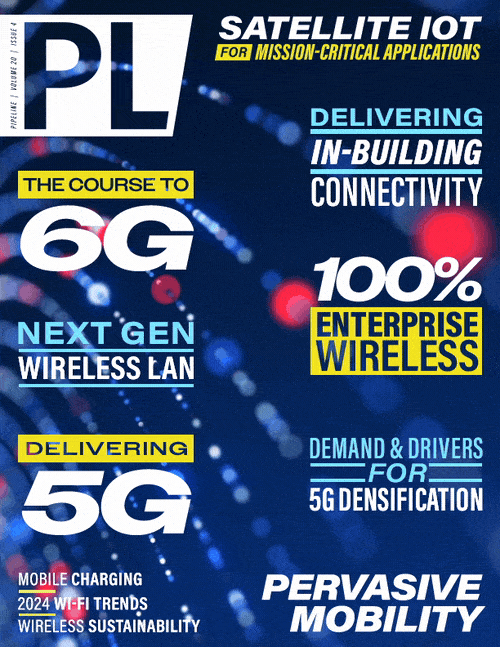How Satellite Connectivity Can Ensure
Mission-critical IoT Operations
By: Michael Minchin

When you’re close to a city, with developed road and telecommunication systems, a vehicle breakdown is often little more than a minor inconvenience. Imagine, however, that same scenario somewhere out in the plains of Africa or the Australian outback, where cellular coverage is patchy and it is a several-hour drive to the nearest town. For organizations operating in these areas, the priority is ensuring the safety of personnel, especially in extreme climates. But there could also be serious commercial and reputational consequences if connectivity failures make it impossible to access the network and the data and applications that run on it.
In such cases, having satellite connectivity on the roofs of vehicles as a backup provides a safety net for teams out on the road by enabling them to communicate with colleagues back at head office. It also means that vehicles can be tracked in close to real-time, even in remote locations, so any issues can be identified and addressed quickly.
Reliable connectivity is similarly vital in other hard-to-reach and potentially dangerous environments, such as gas and oil pipeline networks.
For a long time, pipelines have been monitored using SCADA (Supervisory Control and Data Acquisition), and they remain a useful way of detecting leaks and prioritizing actions. But, as we’ll observe later in this article, we’re now seeing SCADA being superseded by IoT solutions, which allow users to connect their assets and manage their data in a single location in the cloud. Whereas SCADA networks rely on highly specialized hardware and sensors, IoT supports a wider range of sensors and data and can therefore vastly improve monitoring capabilities.
We can also see the value of IoT in disaster preparedness, including wildfire and flood monitoring. A monitoring network rolled out in an area with a history of forest fires, for instance, could provide early warnings based on changes in the temperature, wind, and humidity, all picked up by sensors, without humans having to be physically present. The sensor data would enable one to determine which way the fire is blowing and where it’s likely to go next so teams can mobilize on the ground and prepare any warranted emergency services.
Minimum Bandwidth, Superior Coverage
Another advantage of an IoT solution is that it can function with minimal bandwidth to carry the minimum amount of data required. That means you don’t need to have broadband systems installed in areas where you have high satellite capacity requirements. Also, one can align satellite capacity (say, one megahertz) with the amount of sensor data needed. Doing so can bring down the total cost of ownership, compared with relying on broadband satellite services.
Satellite IoT provides reliable connectivity in areas where coverage has traditionally been limited, such as remote and vast farmlands and vessels at sea. Being able to maintain connectivity is essential for communication, particularly in seagoing vessels that don’t require or otherwise don’t have a GMDSS (Global Maritime Distress and Safety System) but still need connectivity to make voice calls.
The installation process is also much simpler than it would be for a VSAT (very small aperture terminal). A dynamic IoT satellite terminal requires no pointing. With a fixed terminal, pointing can be done easily via a mobile phone app.
Saving Time and Reducing Error
Satellite IoT can also significantly speed up response times to sensor alerts by enabling cloud-based automation in otherwise unconnected areas. You could, for instance, program the system to turn off applications if the temperature increases and turn them back on again when the temperature goes down. This reduces the burden on human operatives who don’t have to be watching the screen all the time, at the risk of delay or error.
Because IoT solutions connect to the cloud, users can capture an ever-increasing amount of sensor data. As a result, machine learning and AI capabilities will be necessary to determine what is unusual and where action should be taken, otherwise users will be left with reams of dashboard stats.
If you had a network of 1,000 sensors all reporting temperature, you don’t need or want to know what that temperature is every five seconds. You only want to know – probably within five seconds – whether the temperature has risen or fallen


















